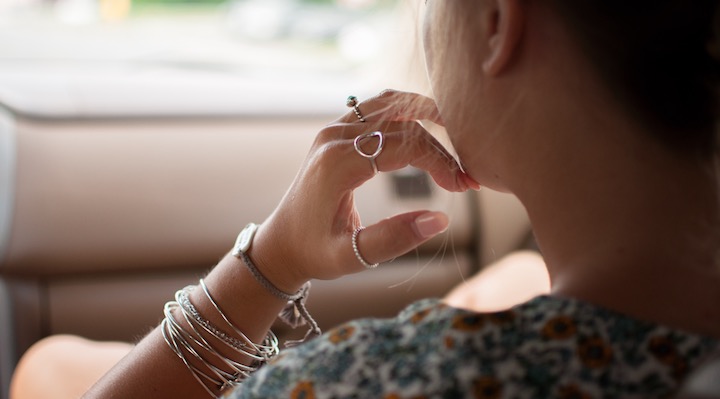 Chewing your cheeks, chomping your pen or gnawing your nails are all bad biting habits. Some more serious than others, body-focused repetitive behaviors (BFRBs) are disorders that cause people to repeatedly touch their body.
Chewing your cheeks, chomping your pen or gnawing your nails are all bad biting habits. Some more serious than others, body-focused repetitive behaviors (BFRBs) are disorders that cause people to repeatedly touch their body.
These are the 3 most common biting habits:
• Nail Biting: An estimated 50% of adults habitually bite their nails.
• Cuticle Picking: Similar to nail biting, approximately 1 in 20 adults use their teeth to pick their cuticles.
• Cheek Biting: This habit refers to the entire inside of the mouth—cheeks, tongue and lips.
What’s so bad about biting?
Biting habits come with scary side effects (besides social stigma). Chronic biters are more likely to develop bruxism, according to the National Academy of General Dentistry. Known as the unintentional grinding and clenching of teeth, bruxism can cause headaches, jaw pain and sensitive teeth. It can also result in a misaligned bite.
When you pick at your nails, cuticles, cheeks or lips, germs sneak into the tiny tears, making the area prone to infection. Chewing the inside of your cheeks, for example, can cause canker sores, making tasks like talking and eating extremely painful.
The Golden Rule of Habit Change
A term coined by psychologists, the Golden Rule of Habit Change states 3 components to every habit: the cue (AKA the trigger), the routine (the behavior) and the reward (why we continue this pattern in the future).
The first step to stopping is to take notice. The second your finger floats to your mouth…wake your brain up! Keep a journal to jot down what was happening when you began the behavior. How were you feeling? Tracking details over time will help you find themes. Finally, whenever you feel tempted to bite your nails, occupy your hands with another task. Try sitting on your fingers or drawing a doodle.
Before you bite, think of the damage it can do to your smile and overall wellbeing. Once you retire the ritual, reward yourself with a new lipstick or a fresh manicure.
